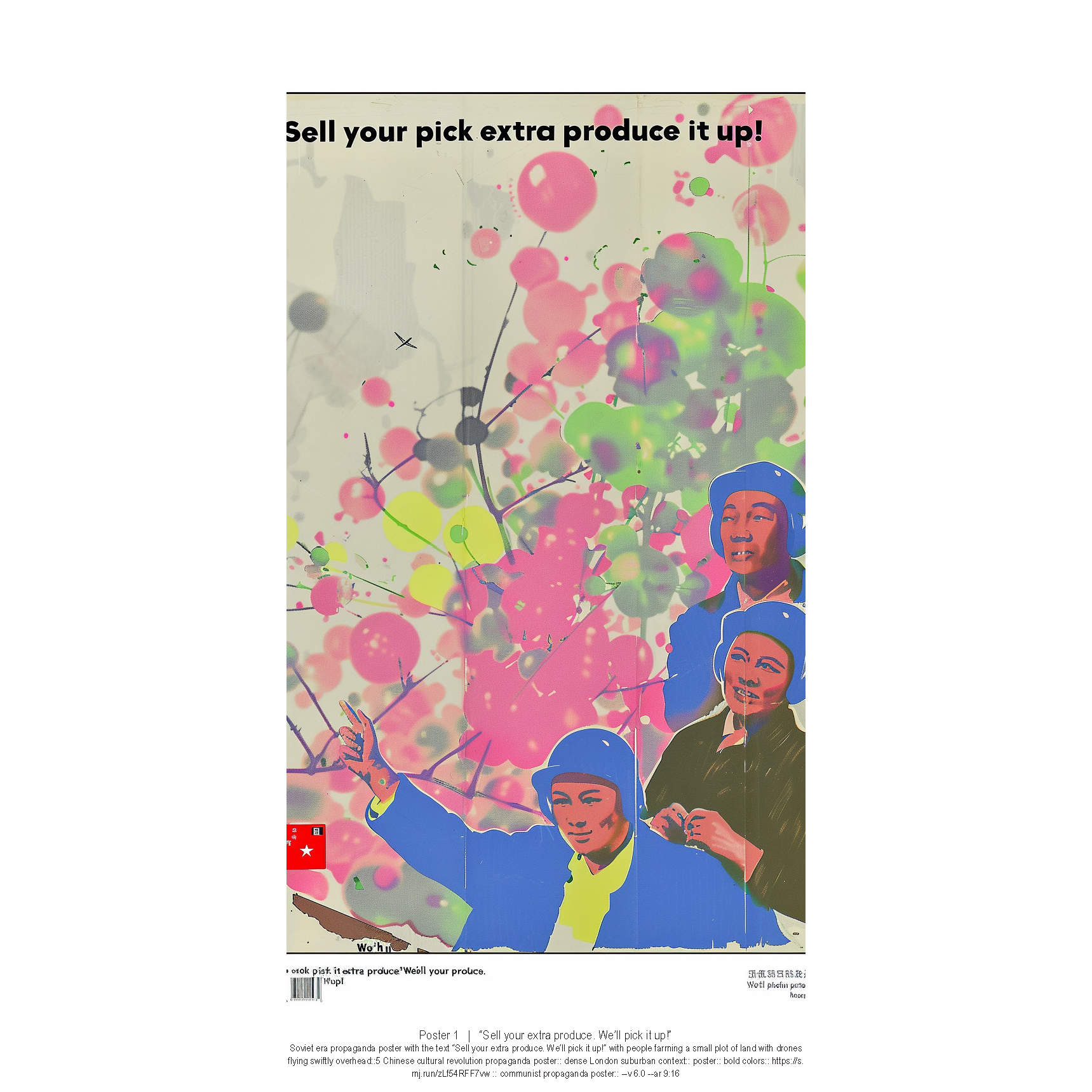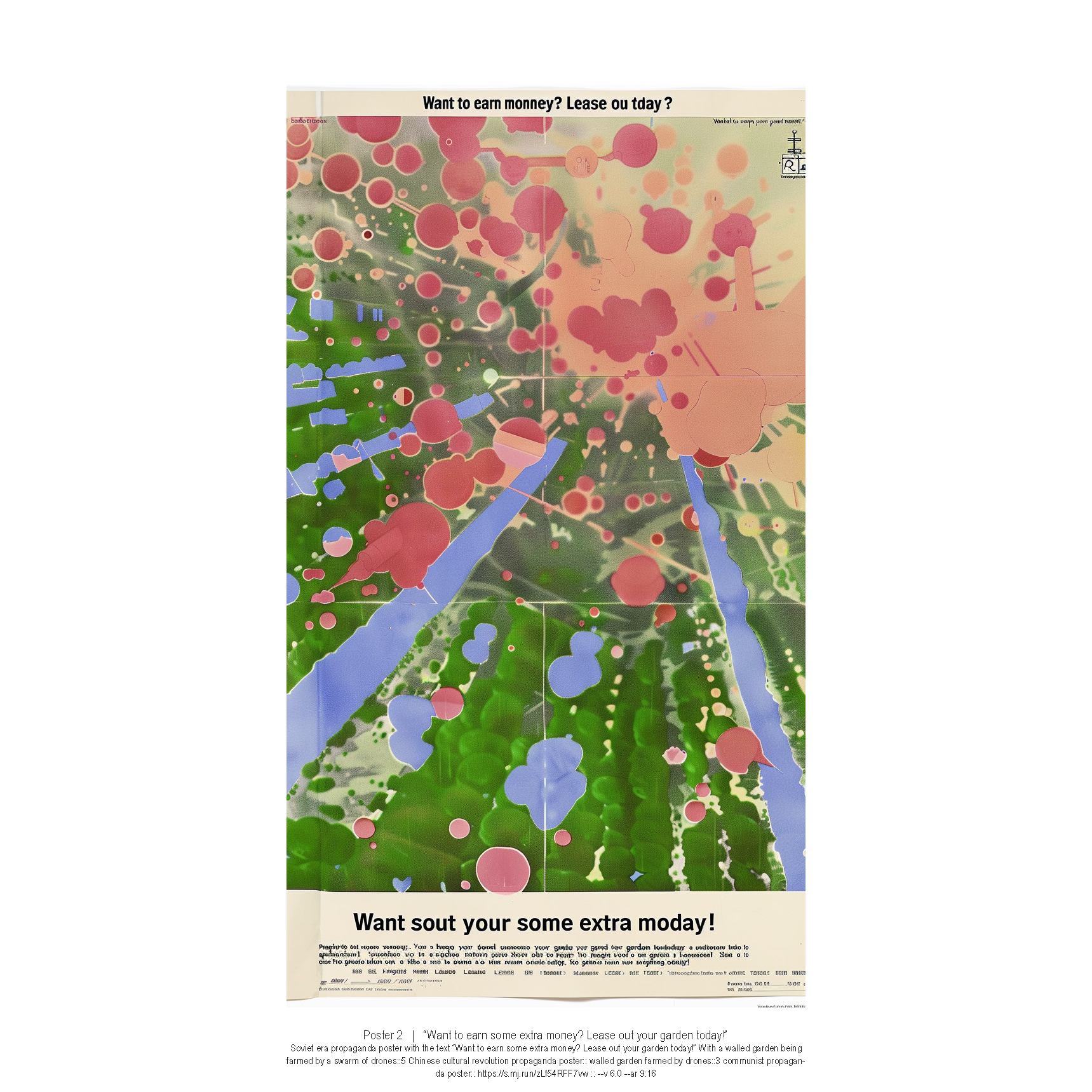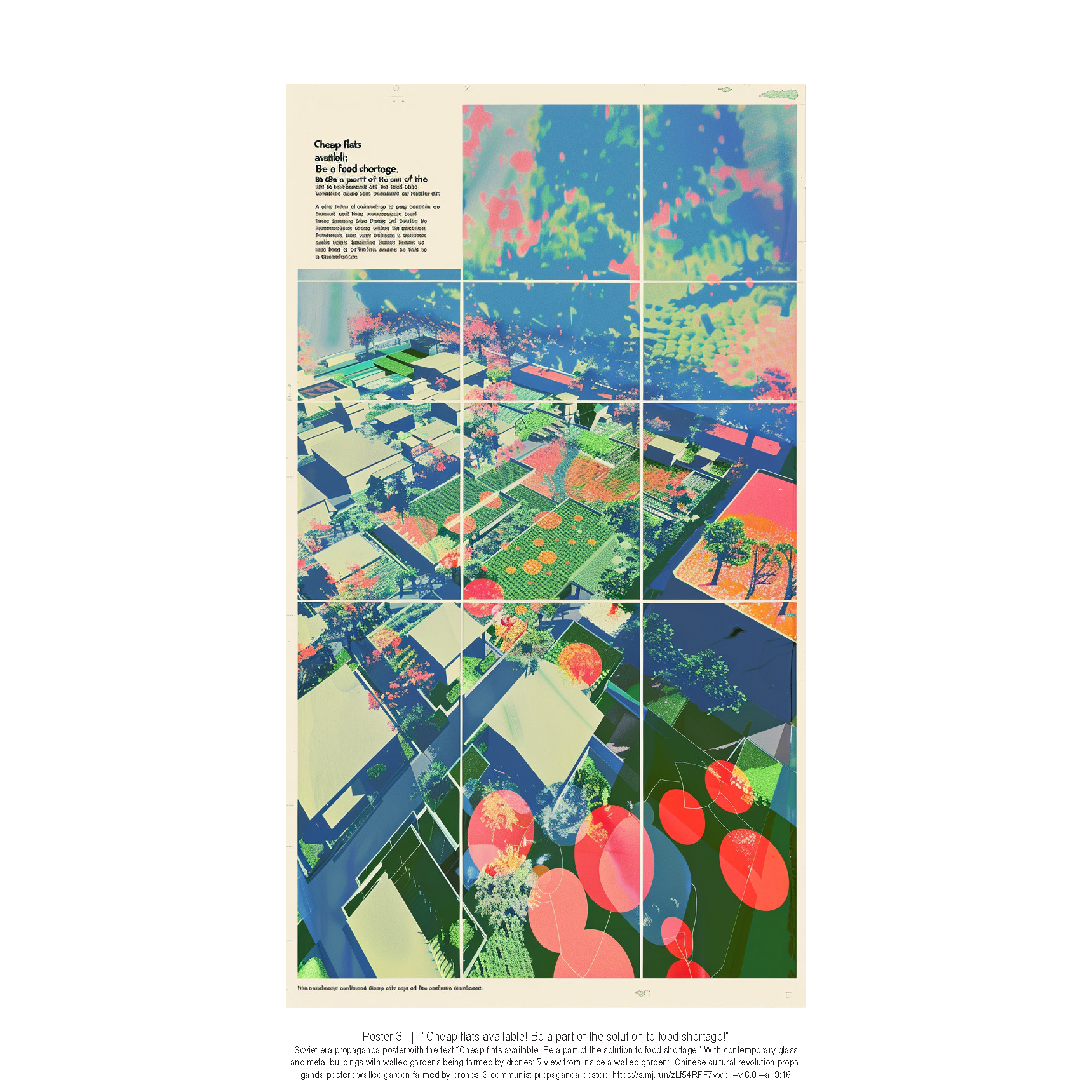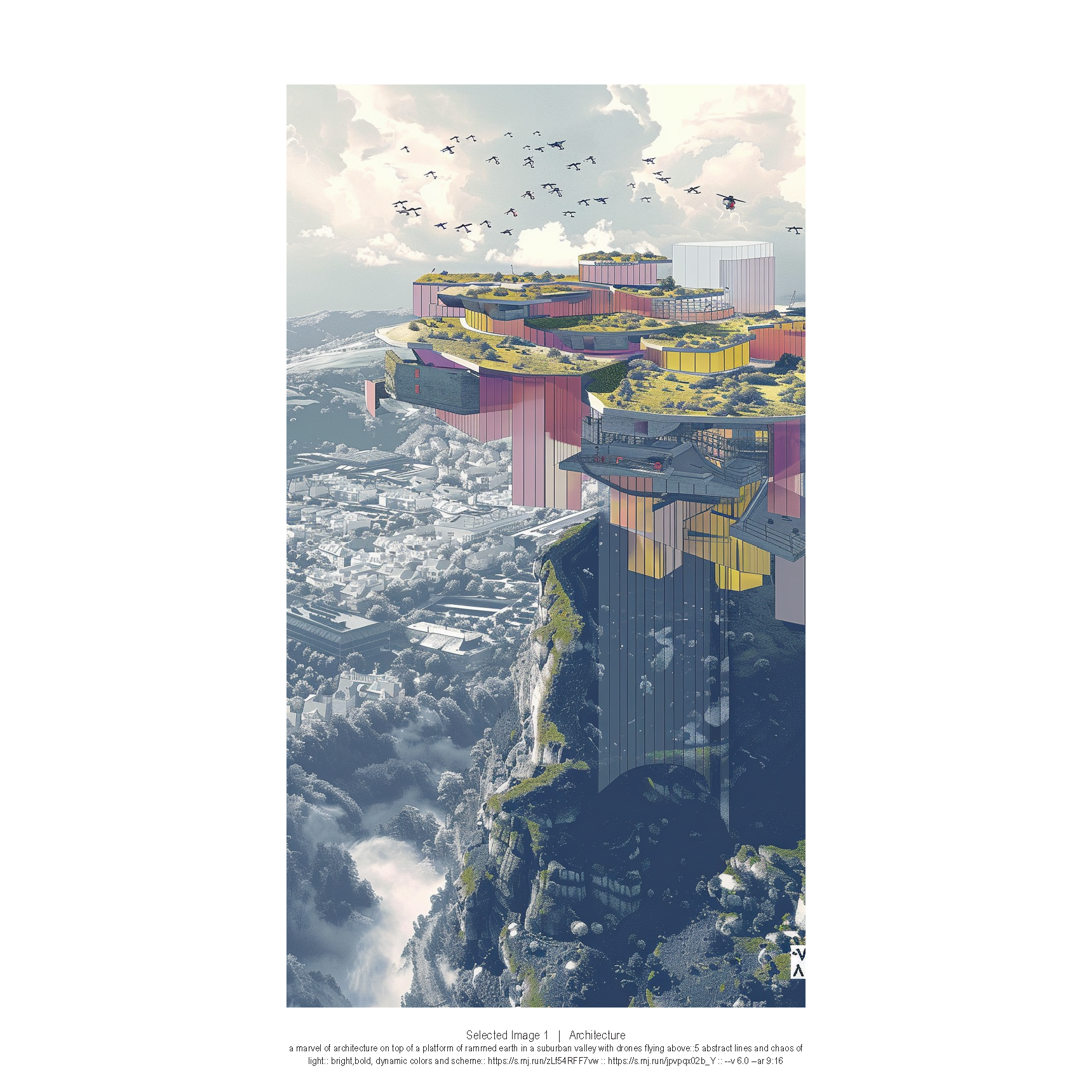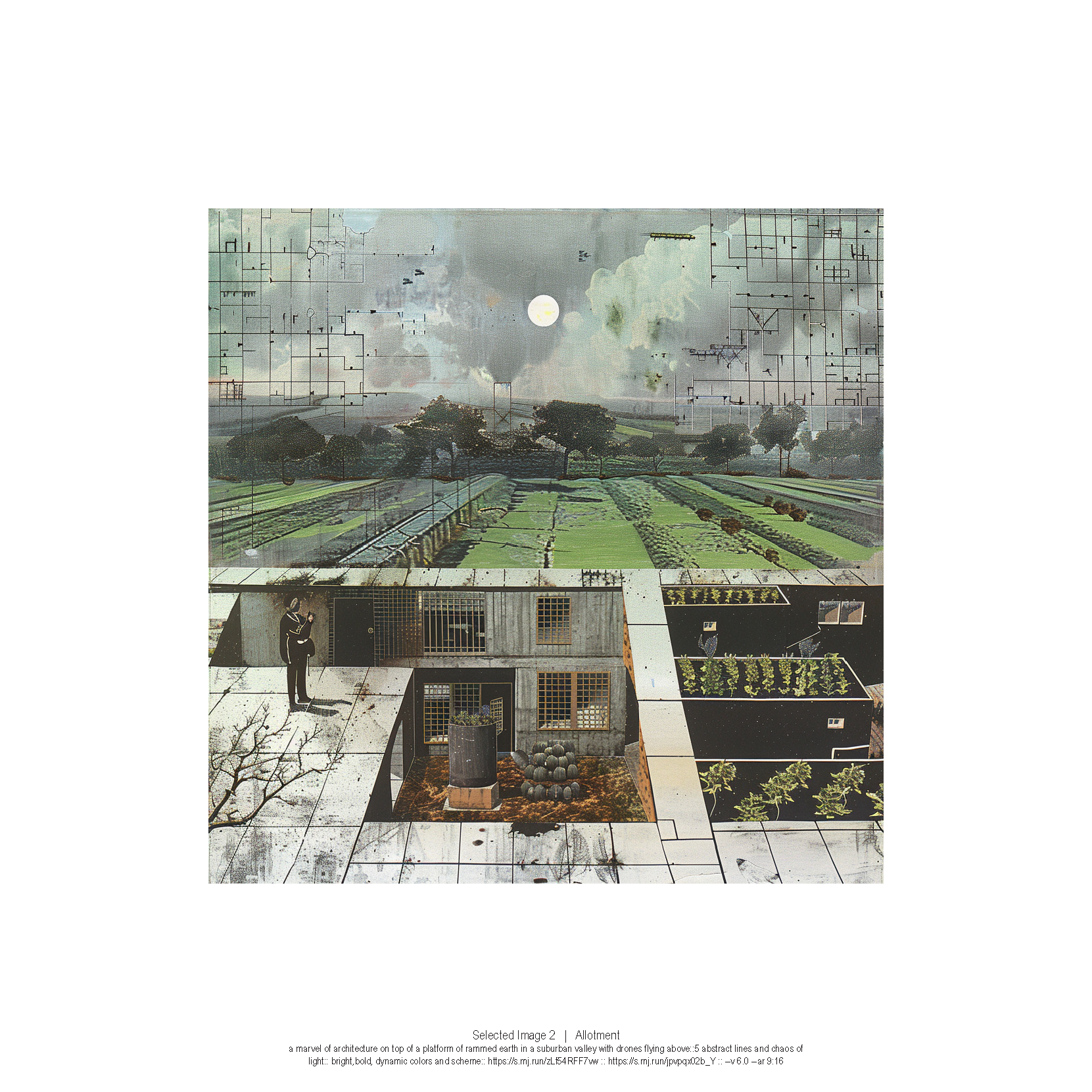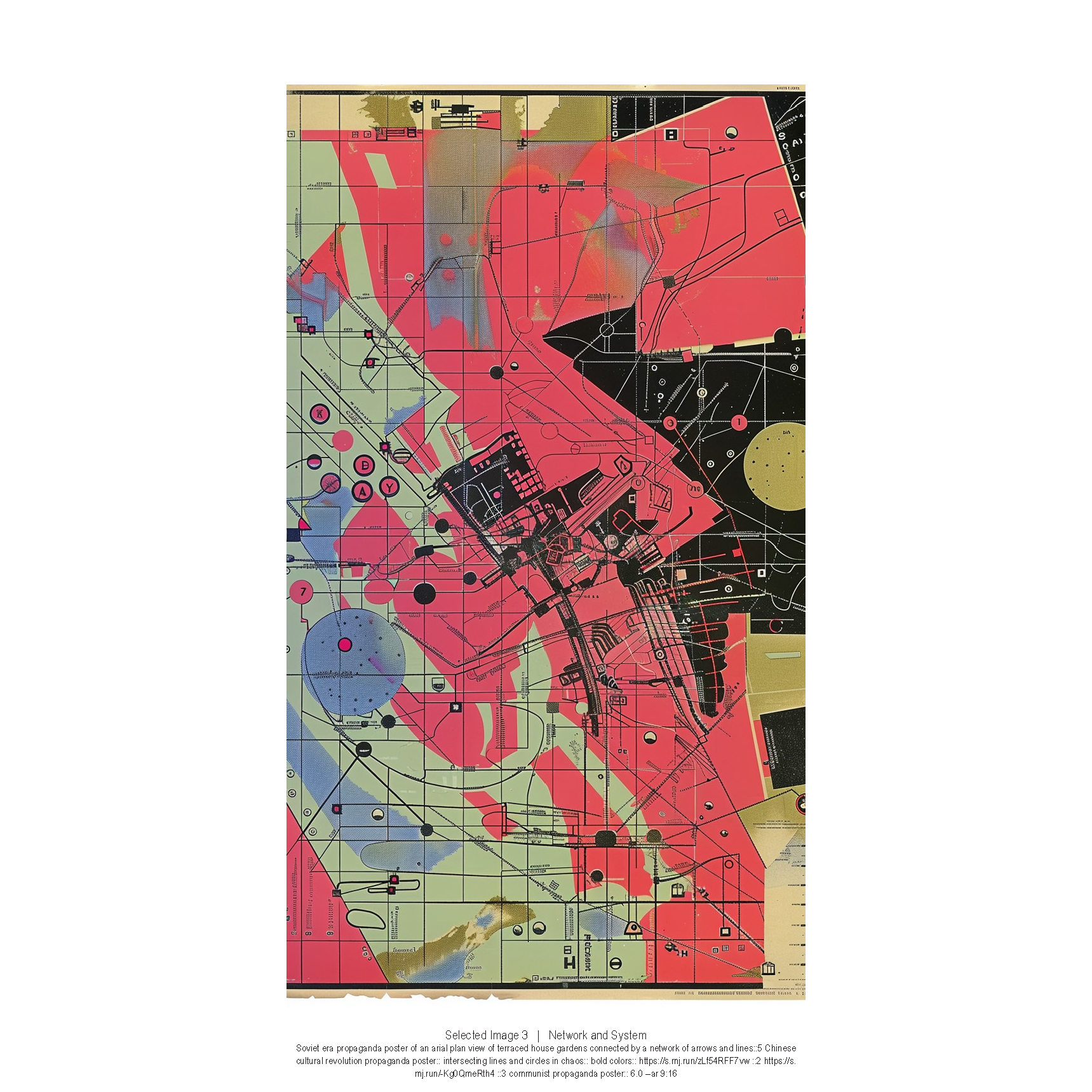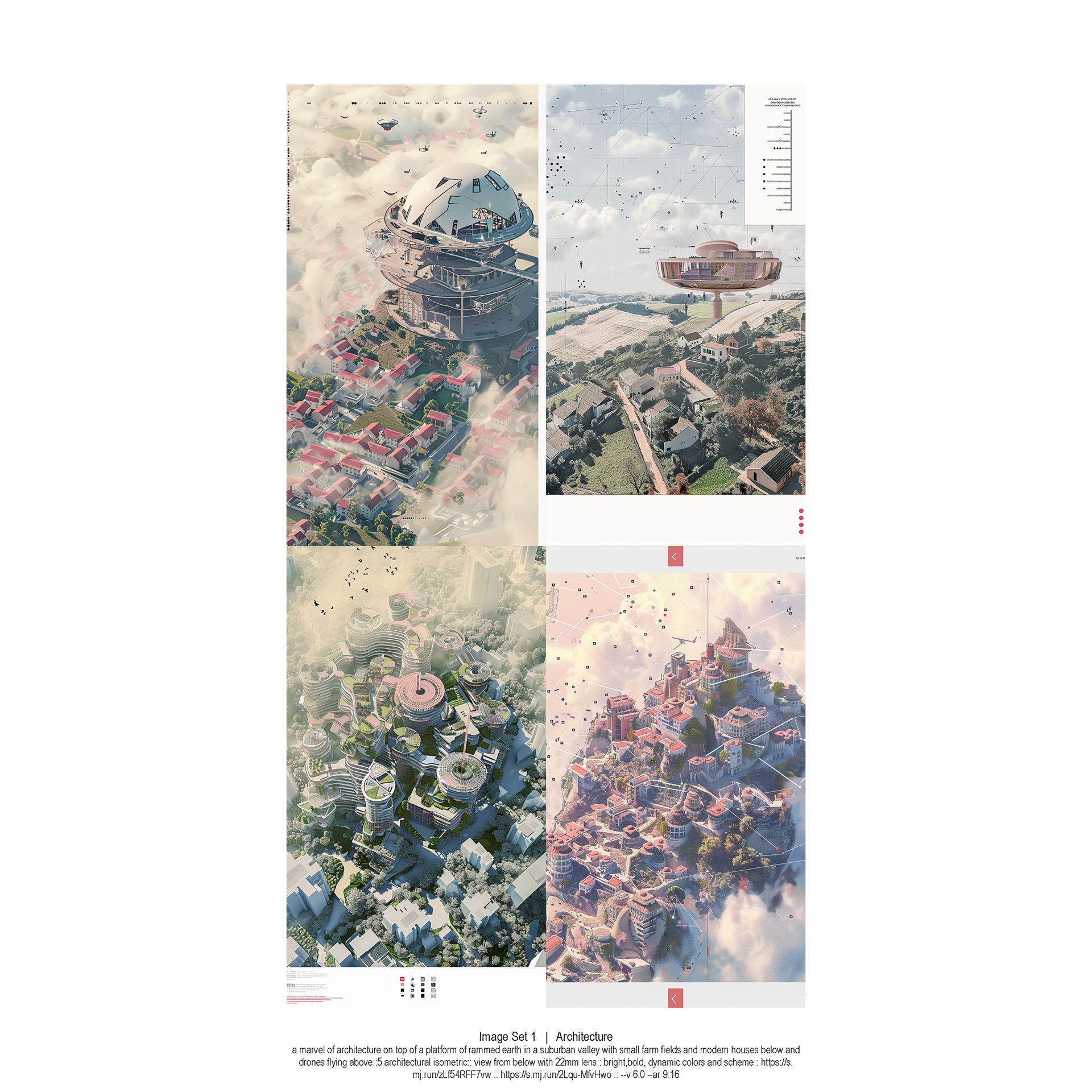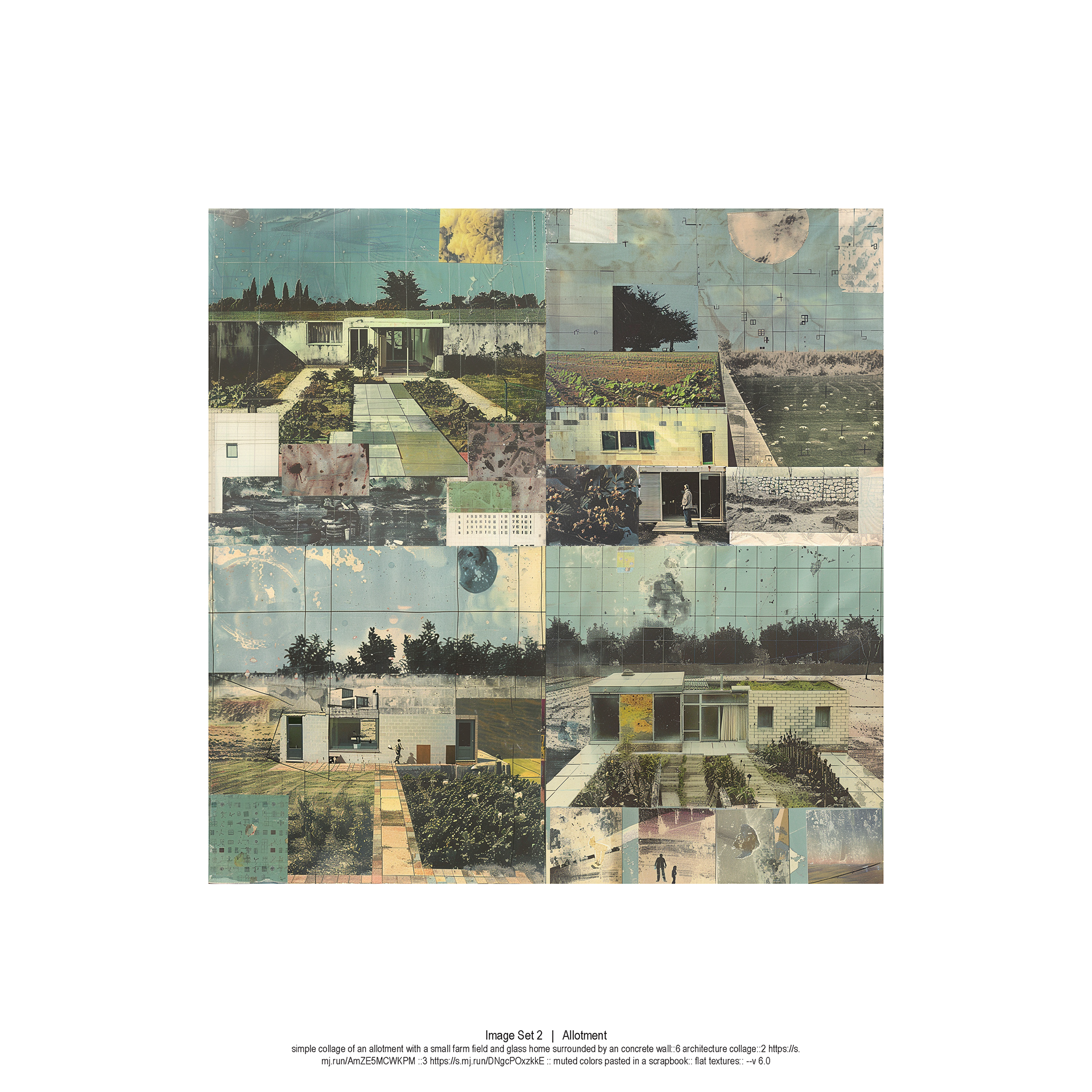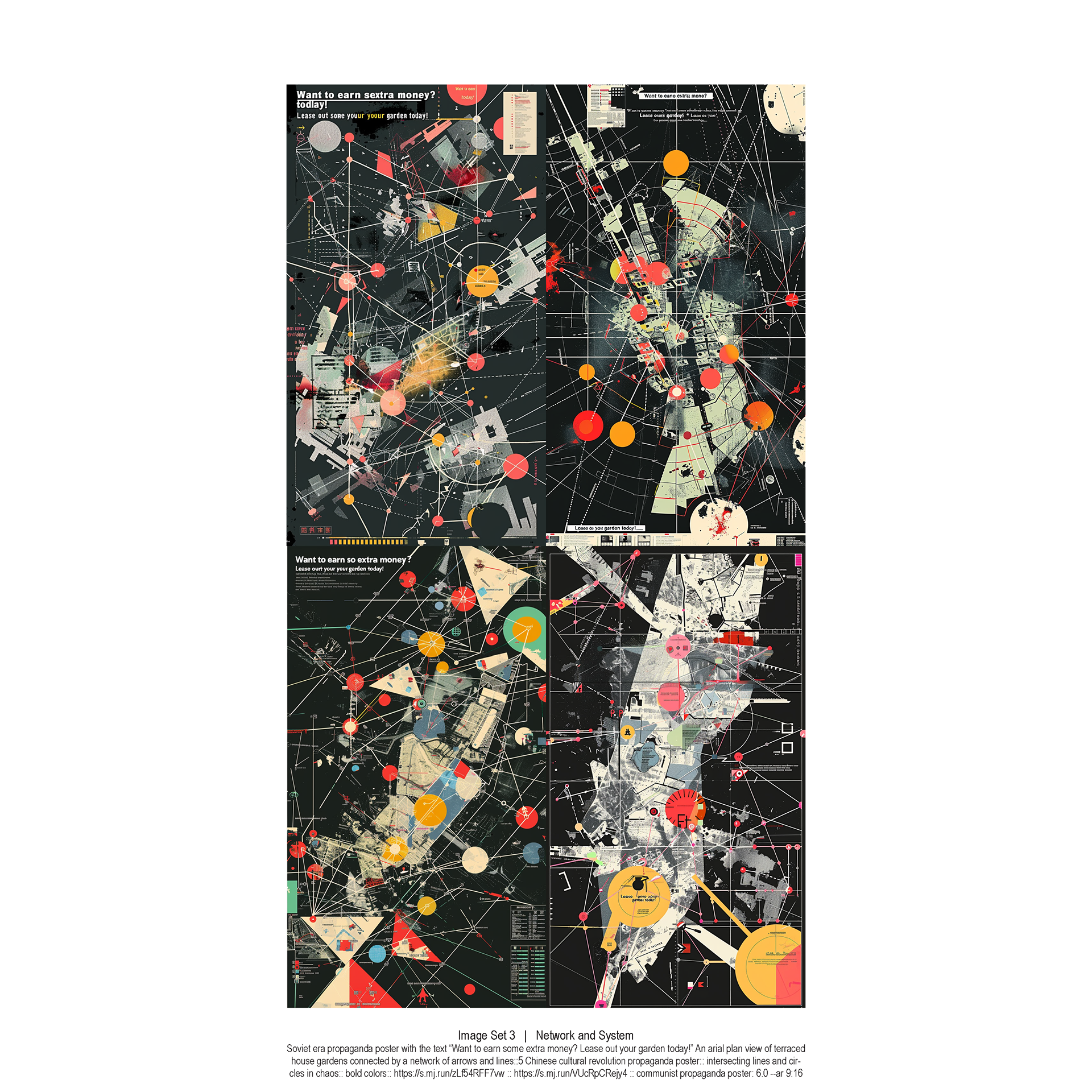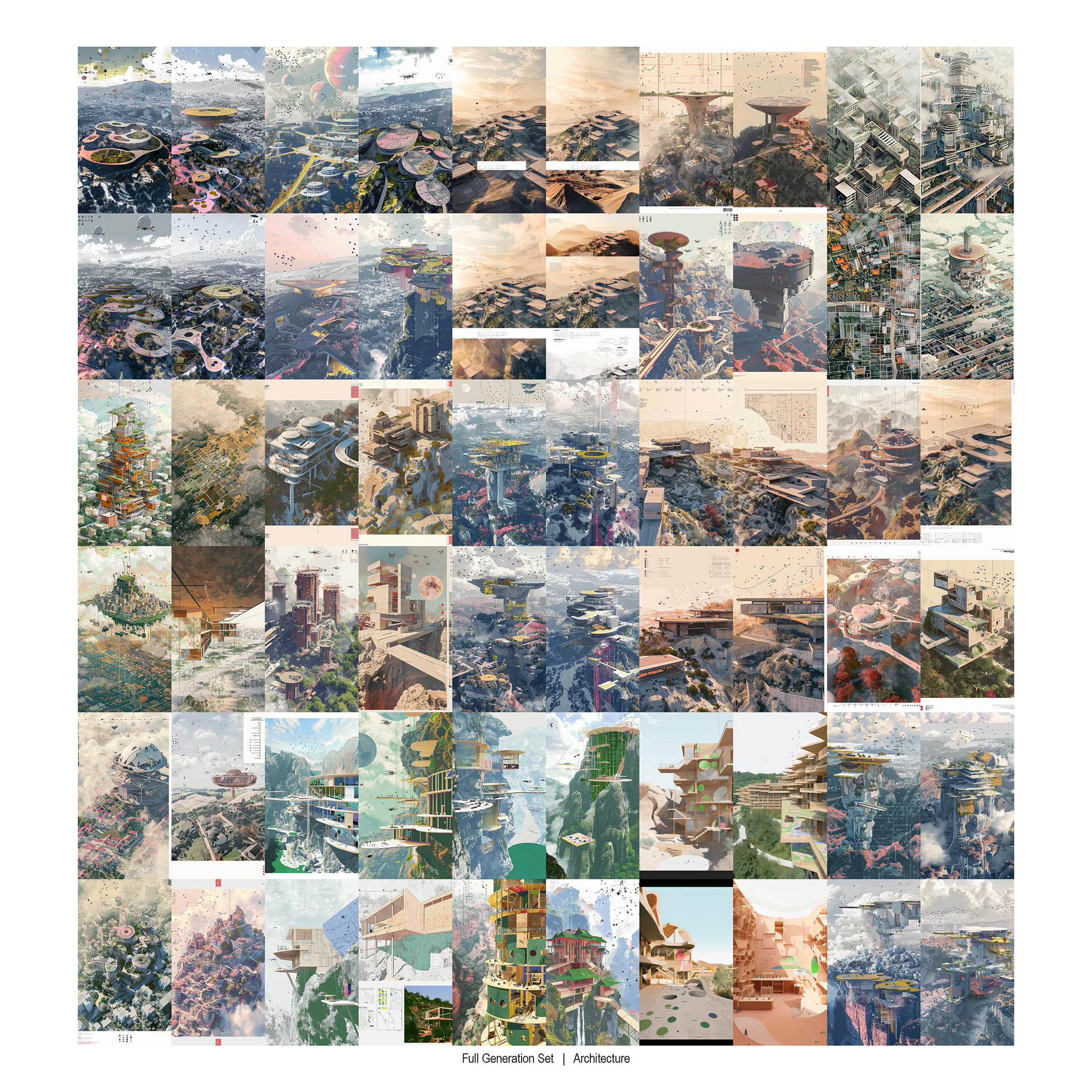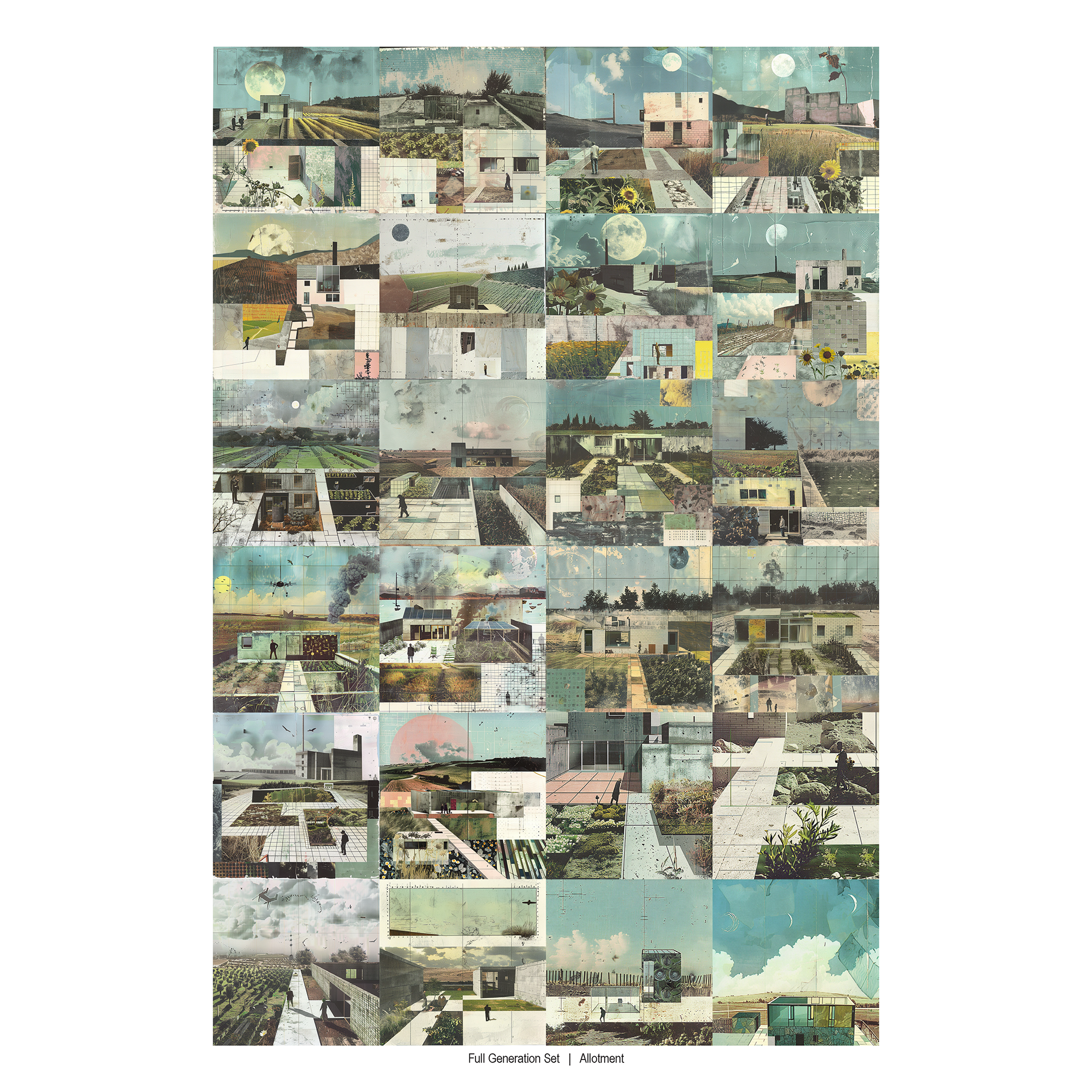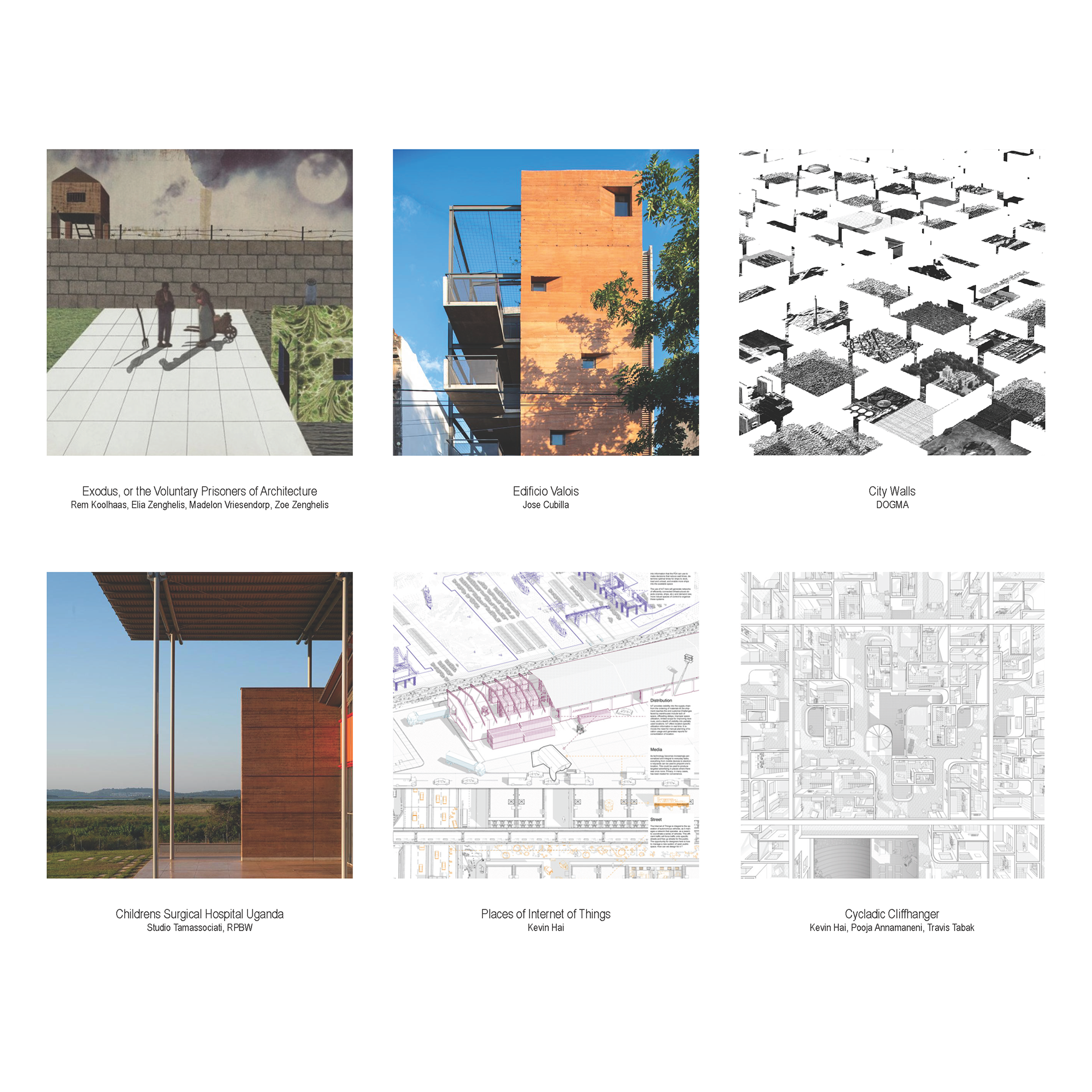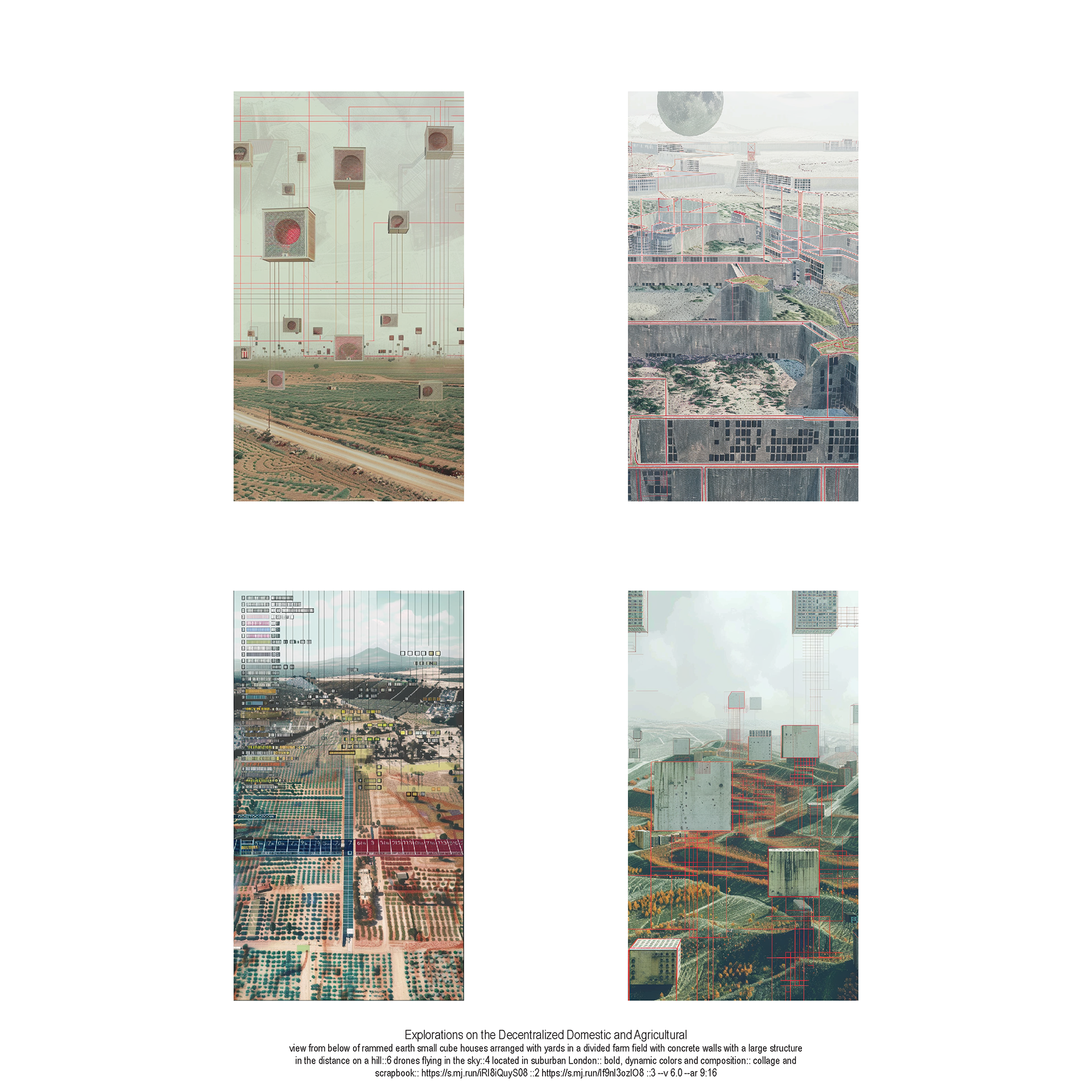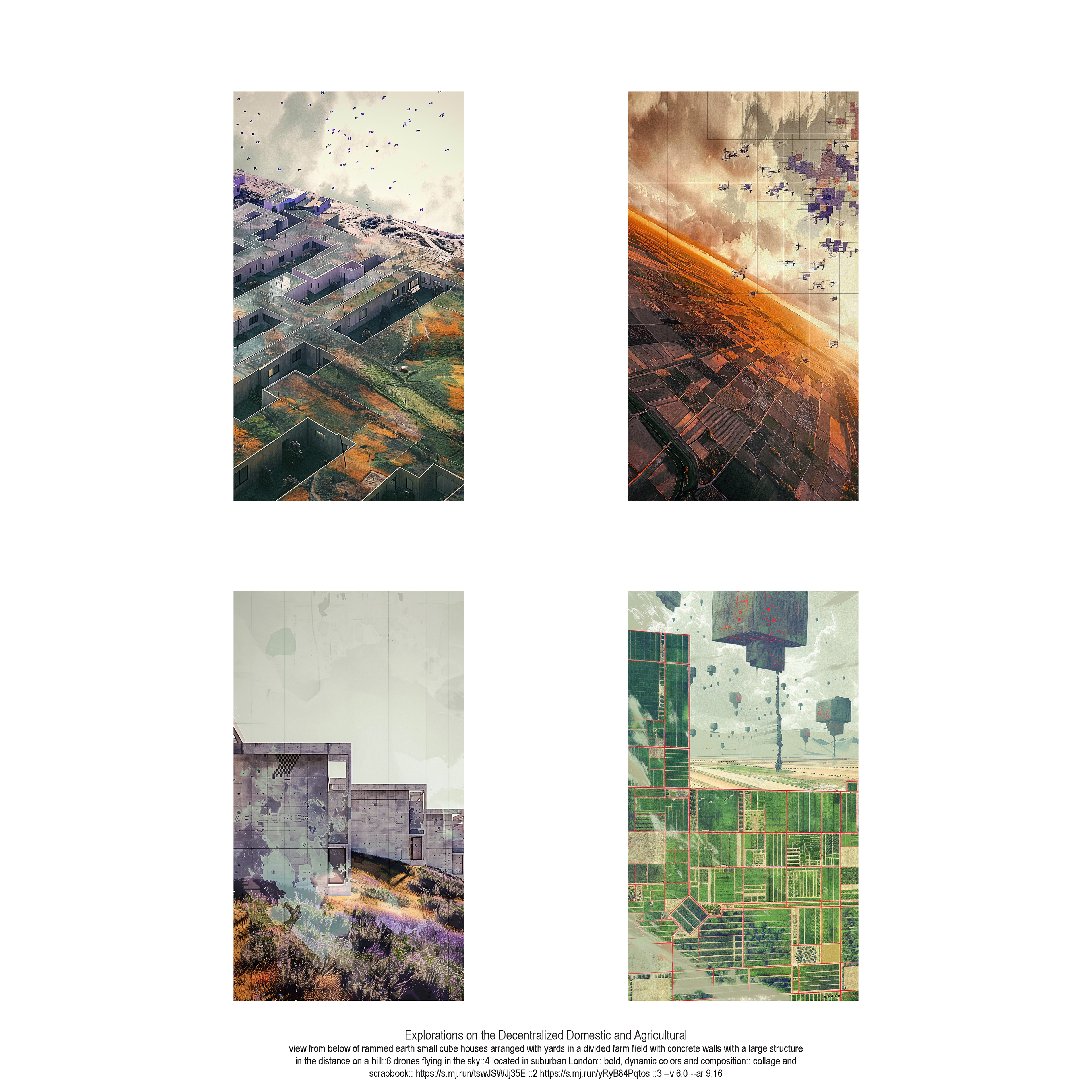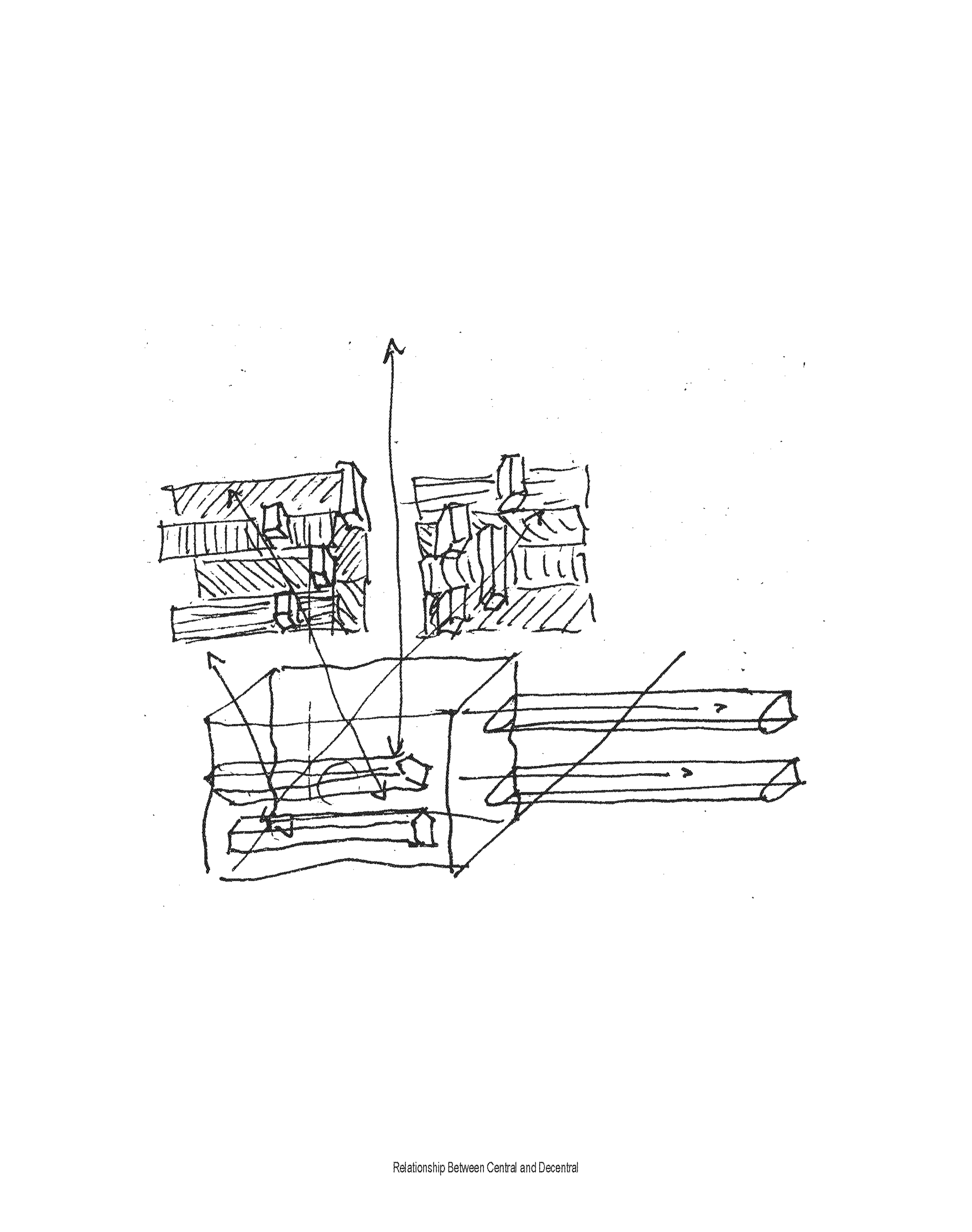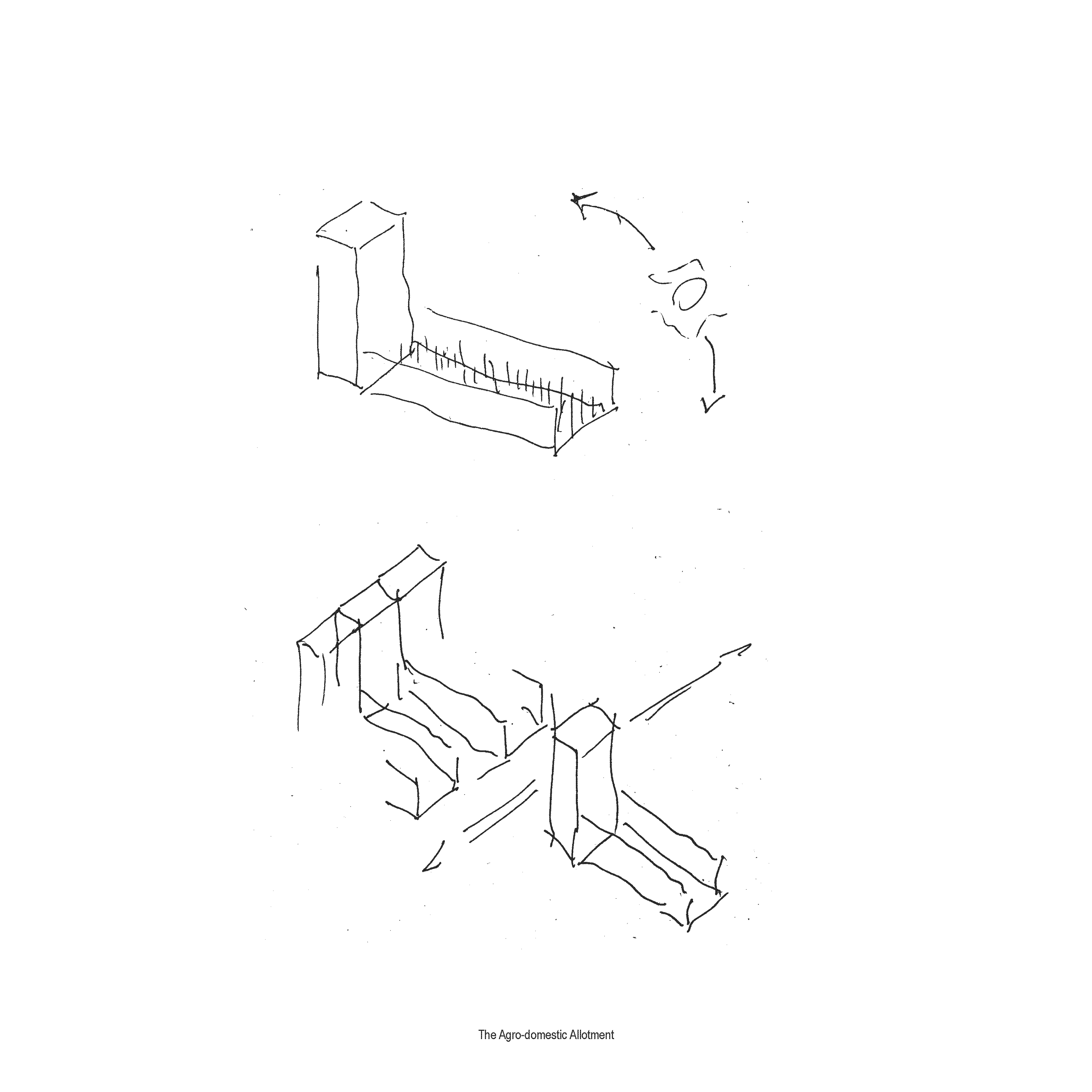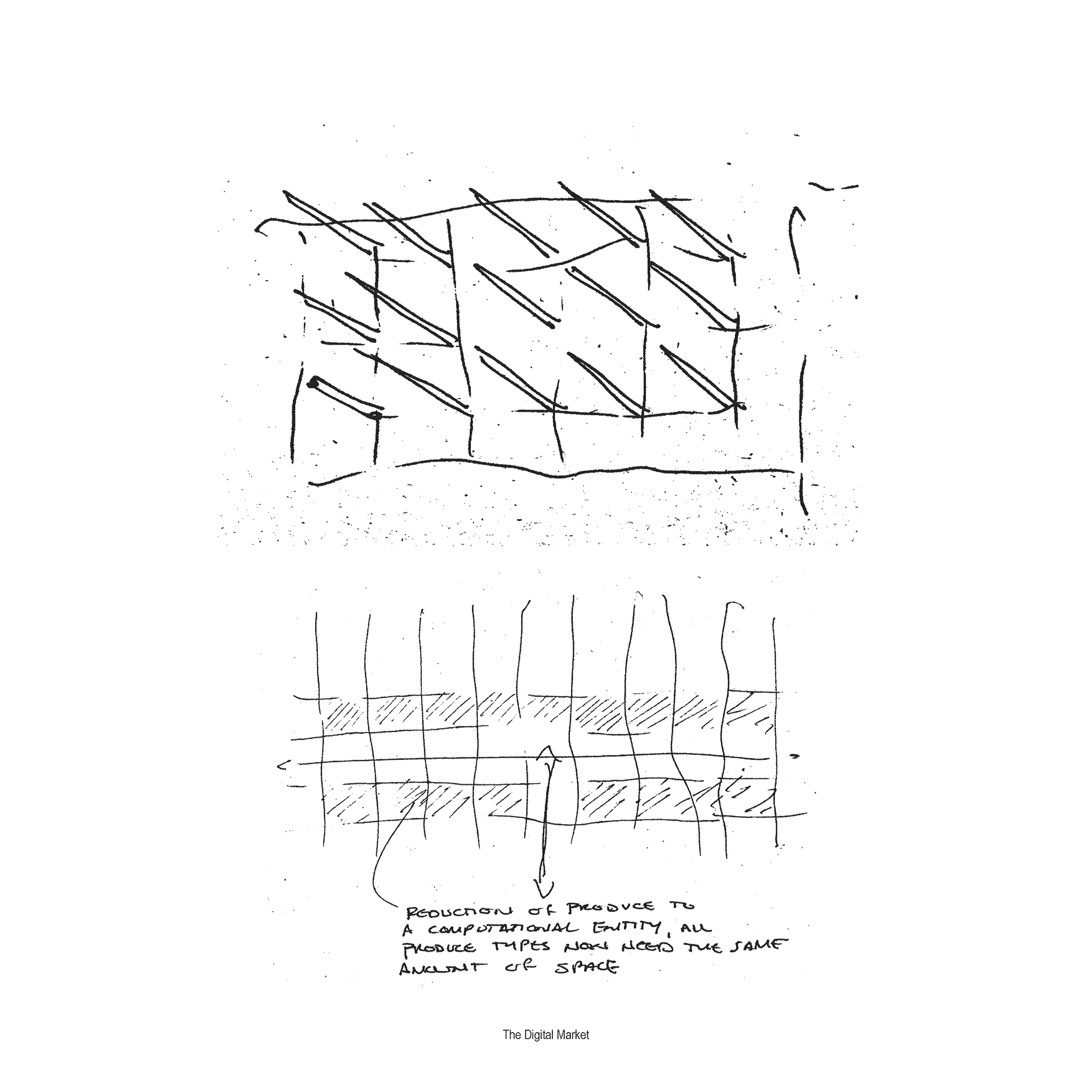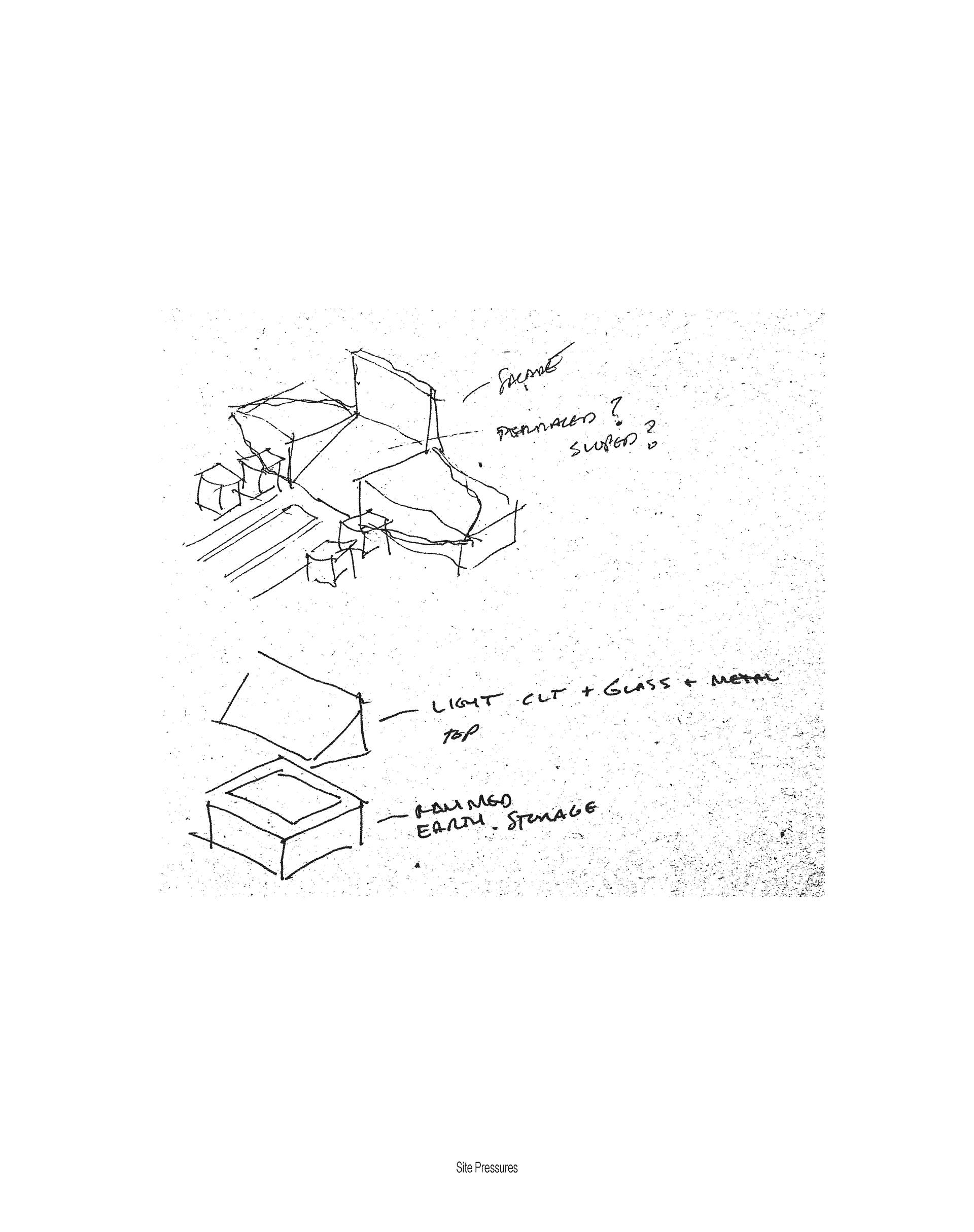Vignettes on the Future of Design
Location: London, 2050
Instructors: Amber Bartosh & Vanessa Lastrucci
Date: Spring 2024
Collaborators: Joyce Lin & Alison Luo
Context:
Food is the lifeforce of a person, a people, a nation. The ways in which food moves are connected to the ways in which we live and socialize, think and dream. When the food stops, life stops, setting the stakes for the systems that make food possible. Systems of food production and transportation exist at multiple scales and concentration levels. In contemporary London, there are two primary paths through which food goes from ground to mouth: commercial and grassroots.
The former are dominated by industrial farms, huge distribution centers, and fields of retail stores littered through the landscape of London. While separate in this last step, they are connected not only by name but by centralized powers and infrastructure. Their vice lies in the ruins of Trantor, collapsed in the facilitation of Foundation. In fierce specialization the world was rid of farms and food production - a centralized locus of pure capital and governmental control. Food supply lines from across worlds compare to contemporary supply lines across countries, isolating a people from their food and bearing the jugular vein of their lives to the processes of natural destruction.
The latter are formed by the close-knit, local networks of allotments, farmer’s markets, and homes. While fiercely popular and demanded by the public, they are not a comprehensive solution. Looking to the history of allotments, they have always been a secondary source of food, plagued by inefficiency and size. The city by definition cannot exist with a 25m2 allotment for each individual. The city is a centralized and compartmentalized object - a place of division of labor where individuals do not wish to spend their free time farming. As a result, like centralization, there exists a distinct failure condition to allotments - that of environmental degradation, wasted time, and urban sprawl.
We are thus caught between the forces of centralization and decentralization - chaos and order. Contemporary London has one foot in the density of the urban center and the other in the need for garden and green. Highgate exists on the boundary between these organization systems - it is on the edge of urbanity but surrounded by allotments and nature. As such, it supplies a site and context with which one can imagine a future of food production, transportation, and distribution.
Narrative:
In a context built by capital there was the place where life itself became capital, where architecture wrought walls to separate consumer and product, exploiting what was thought to be a private sanctuary: the garden…
Rent was high. This much they knew. In droves the investors flocked towards Property, content to subdivide - to squeeze every penny they could out of the land. After all, there were shortages of food, and the market would solve this. And so it was that the garden came under their gaze. Those private allotments of nature essential to the British domestic were subverted, with the lifeforce of the ground and its fruits exploited. There were posters at first. “Sell your extra produce. We’ll pick it up!” Black dots began to litter the sky, the soft murmur of their blades hidden by nearby traffic. Mysterious disappearances began to occur. In the night, food would be Taken, whisked away in a flurry of light. Some said it was aliens, others the government, some looked back to age old stories of forest spirits.
Then construction began. The workers moved swiftly, laying quick waste to the old station and leaving behind a Marvel of Architecture. It was a wall, that much was clear. The Tube was unaffected, with travel unceasing to and from the center. On either side the earthen walls rose towards the tree tops. But the people cared only for the Marvel which topped the earthen walls. From large screens the people could select such a diverse range of food options that they needed to go nowhere else. When they arrived home their food was waiting.
Slowly, adverts for tours of the nearby tunnels and their endangered bat populations began to disappear. New posters appeared in their place: “Want to earn some extra money? Lease out your garden today!” with a note in fine print, “no human interaction necessary, we’ll pick it up.” And so out from the Marvel the black dots clouded the sky, their murmur now a dull roar. One by one, the gardens fell. The economic pressures were too great and the boon of capital too strong. The drones marched through the sky, exploiting the land with calculated accuracy.
Then young Sophie was Taken.
In outcry the people turned towards their gardens with the fury of a thousand angry souls. They burned the crops and razed the items of Capital. But the murmur of Capital worked through the night, and when morning dawned the gardens had returned. Swift legal action was taken against the perpetrators. Deemed unfit to care for their homes and land, they were evicted and sent to the North. Posters once again dotted the street above, “Cheap flats available! Be a part of the solution to food shortage!” And so the flats were refilled and the gardens returned to their state of constant motion. Signs of dereliction and decay were swiftly dealt with, as they inhibited the Crop. Food was life, after all, and it should be safeguarded, despite its annoying glitches.
Description:
This project proposes a radical reuse of garden space in residential London in which unused gardens and extra food from these gardens is sold to the general public, decentralizing the power structures of food and providing a means for extra financial gain for those struggling to pay rent given ever-inflating prices. Highgate Station represents the prototype of this system as a food storage and distribution depot from which drones service the nearby area. Leaving the existing tube operational, the structure would utilize thick rammed earth walls and the nearby railway tunnels to form secure and climate controlled food storage areas, with a design language that propagates into the surrounding housing. On the platform of this storage, a digital market would allow people coming off the tube to purchase groceries. Above that, a system of drone storage and dispersal would facilitate the collection and maintenance of gardens along with the delivery of food to customer’s residences. These facilities and the market would be constructed of light metal and glass - a transparent facade for a completely untransparent system. Facing high street, a thin facade would mimic the existing urban fabric, but it would be just that - a facade.
